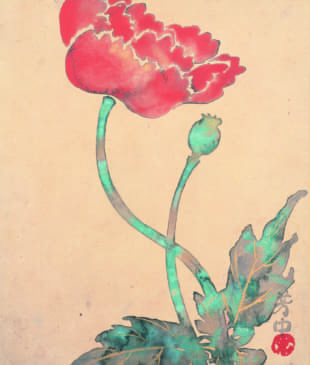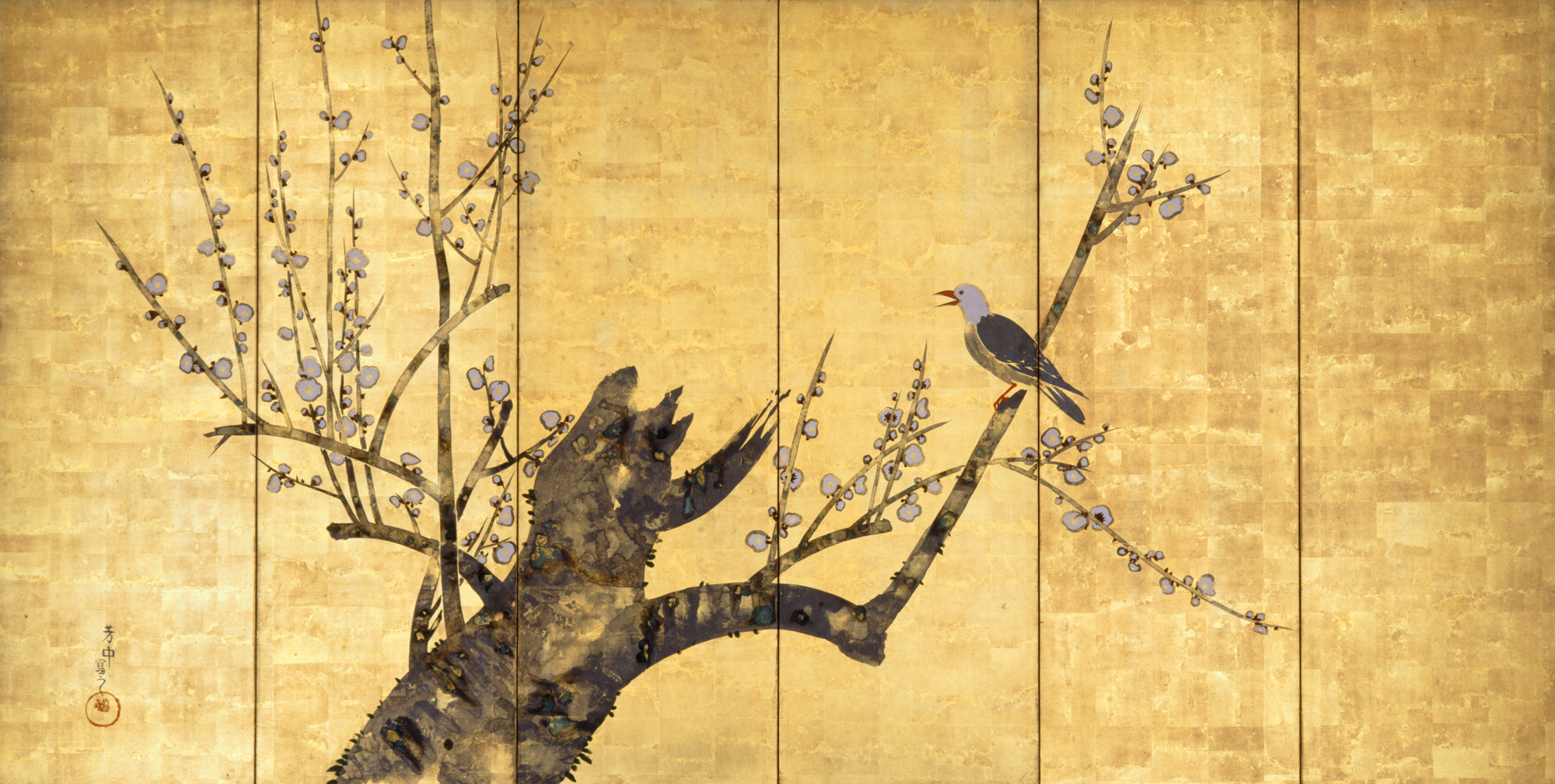The Rinpa school of painting's initial phase was formed by the superlative talents of Honami Koetsu (1558-1637) and Tawaraya Sotatsu (c. 1570-c. 1630) in late 16th-century Kyoto. The aesthetics resonated with the grand and powerful ornamental inclinations of the Momoyama Period (1573-1603) — gold leaf screens, bold palettes, and abundant bird, animal and flower motifs.
Brothers Ogata Korin (1658-1716) and Ogata Kenzan (1663-1743) later further refined the burgeoning Rinpa style for aristocratic tastes. Subsequent developments took regional turns. Sakai Hoitsu (1761-1828) followed Korin's stylistic lead in Edo (present-day Tokyo). Nakamura Hochu (unknown-1819), whose commemorative retrospective is currently on show at the Hosomi Museum in Kyoto, utilized Korin's style in forming a Naniwa (present-day Osaka) Rinpa contingent.




















With your current subscription plan you can comment on stories. However, before writing your first comment, please create a display name in the Profile section of your subscriber account page.